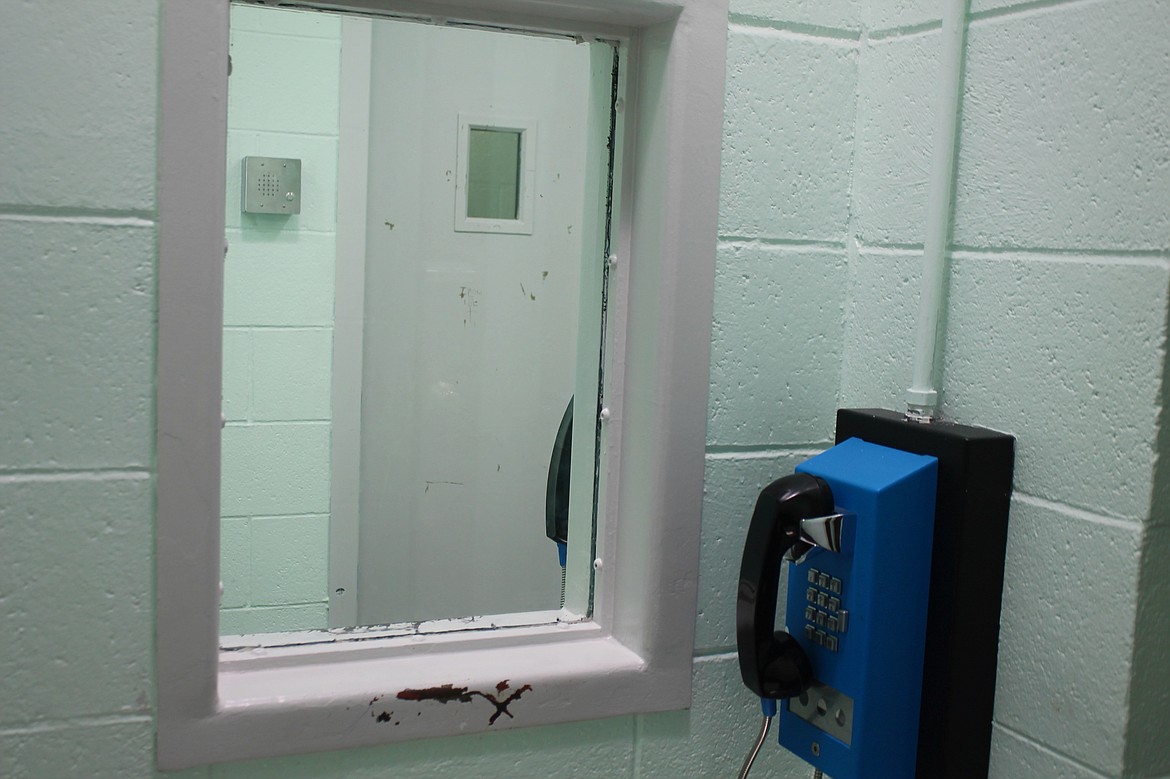A look inside the Lake County jail
On a recent visit to the Lake County Jail in Polson, County Commissioner Steve Stanley walked me through nearly $800,000 worth of improvements made to the county jail – currently the subject of a class-action lawsuit that alleges, among other things, little exercise, overcrowding and unhealthy conditions.
Lake County has argued that the suit lacks credibility because inmates did not exhaust administrative remedies before filing the lawsuit...
Become a Subscriber!
You have read all of your free articles this month. Select a plan below to start your subscription today.
Already a subscriber? Login



